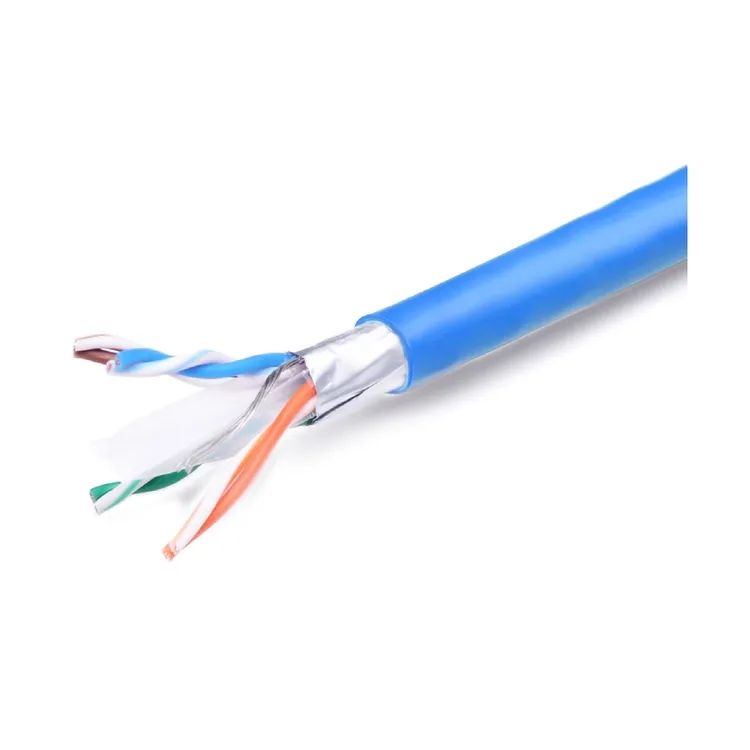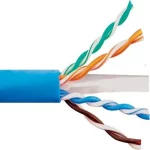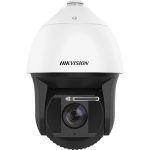Cable jackets are not merely an outer layer; they are the unsung heroes that protect the vital components of cables—be it data, fiber optic, or electrical—against a barrage of environmental, chemical, and physical stresses. This guide delves into the complex world of cable jackets, expanding upon their critical roles, various materials, and adaptations for specific uses. Enhanced with a detailed comparison, this resource aims to enrich your understanding and assist in selecting the perfect jacket for any application.
Key Functions of Cable Jackets
A cable jacket is the protective outer covering of a cable, whose primary role is to safeguard the insulation and conductors from external damage. Beyond physical protection, these jackets prevent moisture ingress and chemical corrosion, which are crucial for maintaining the integrity and functionality of the cable. While the cable jacket does not influence the electrical properties of the cable, its quality and composition are pivotal for the cable’s overall durability and safety.
Diverse Materials in Cable Jackets
Cable jackets come in a variety of materials, each chosen for its specific properties to suit different environmental and operational demands. Here’s a look at the most common materials used for data, fiber optic, and electrical cable jackets:
Thermoplastic Materials
- Polyvinyl Chloride (PVC)
- Characteristics: PVC is praised for its durability, resistance to chemicals, oils, and abrasion, and its inherent flame-retardant properties.
- Usage: Widely used in residential and commercial electrical installations, as well as in data cable applications where moderate environmental resistance is sufficient.
- Polyurethane (PUR)
- Characteristics: Known for superior flexibility and excellent resistance to oils, ozone, and varying temperatures. PUR jackets are tough yet flexible, making them ideal for cables that require repeated flexing.
- Usage: Often found in industrial control systems and mobile data cables where movement and durability are required.
- Chlorinated Polyethylene (CPE)
- Characteristics: Stands out for its robust resistance against oxidation, heat, oil, and environmental conditions.
- Usage: Preferred in both power cables and data cables that are exposed to harsh outdoor environments.
Thermoset Materials
- Neoprene
- Characteristics: This synthetic rubber excels in maintaining flexibility under cold temperatures, resistance to heat, and protection against aging from oxidation and sunlight.
- Usage: Neoprene is typically used for industrial cables that need to withstand rigorous conditions, including speciality USB and server cables.
- Ethylene Propylene Rubber (EPR)
- Characteristics: Offers excellent heat and abrasion resistance, and is capable of performing in extremely cold environments.
- Usage: Suitable for high-performance data cables in cold storage areas or outdoor applications requiring durability against the elements.
- Thermoset CPE
- Characteristics: Highly resistant to ozone, UV light, and chemicals, and durable enough to withstand prolonged immersion in water.
- Usage: Utilized in cables for chemical plants and heavy industrial applications where severe environmental conditions are a concern.
Enhancing Properties of Cable Jackets
Manufacturers often modify cable jackets with various additives to boost specific properties. For instance, plasticizers are added to improve flexibility, while fillers enhance tensile strength and abrasion resistance. These adaptations are crucial for tailoring cable jackets to specific applications, ensuring optimal performance across different scenarios.
Comparative Analysis of Cable Jacket Types
To help you navigate the selection process, here’s a table that outlines the key properties and applications of various cable jacket materials, focusing primarily on those used for data and electrical cables:
| Jacket Type | Material Properties | Ideal Usage |
|---|---|---|
| PVC | Durable, chemical and oil-resistant, flame-retardant | Indoor wiring, low-risk areas |
| PUR | Highly flexible, resistant to oil and temperature variations | Mobile or dynamic environments |
| CPE (Thermoplastic) | Strong against oxidation, heat, and environmental factors | Outdoor data and power cables |
| Neoprene | Flexible at low temperatures, heat-resistant | Industrial environments, speciality cables |
| EPR | Excellent cold and heat resistance | Extreme environments, both cold and hot |
| CPE (Thermoset) | UV, ozone, and chemical resistant | Chemical plants, severe industrial conditions |
By understanding the distinct properties and appropriate applications of each jacket type, you can make informed decisions that enhance the safety, efficiency, and longevity of your cable installations. Whether you are dealing with sensitive data cables or robust electrical wires, the right jacket is key to ensuring performance and durability.





